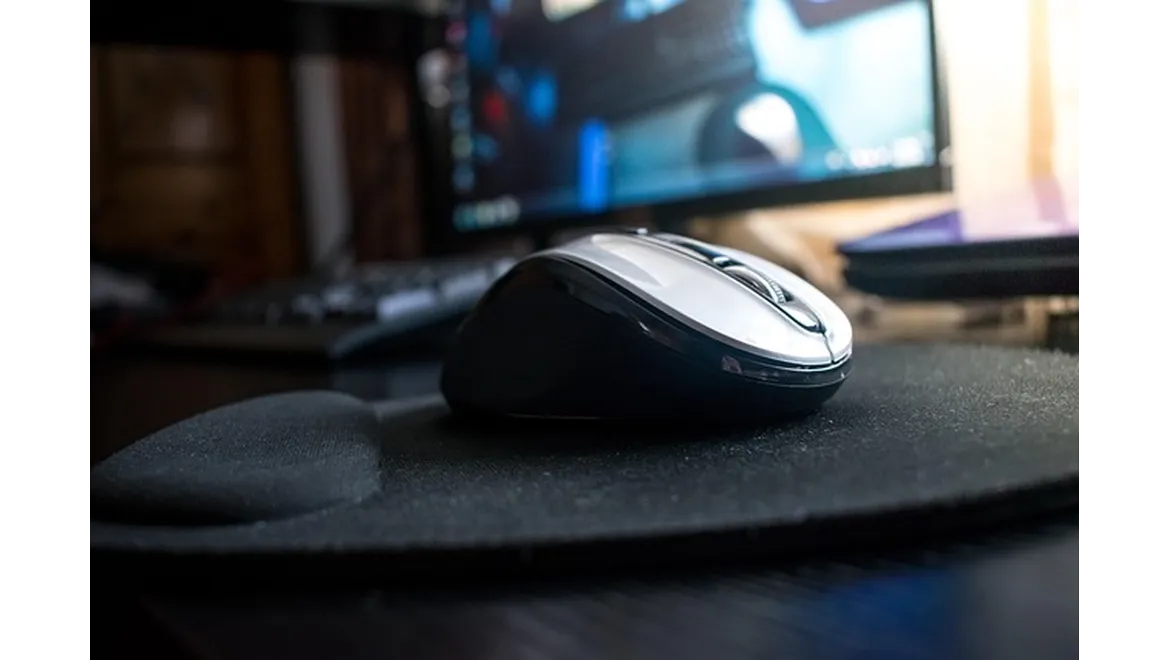Right, let’s talk ergonomics! I was just chatting with my mate Adam the other day, and we got onto the subject of working from home. Now, Adam’s a bit of a whizz with all things tech, but even he admitted he’d initially neglected his workspace setup when he first transitioned to remote working. ‘I just figured a laptop on the sofa was fine,’ he confessed, ‘until my back started screaming at me!’. So, we dug into it a little deeper, and I thought I’d share some of the insights we unearthed – stuff that’s really helped him (and now me!) to create a more comfortable and injury-preventing workspace.
Step 1: The Chair – Your Foundation
Adam’s first mistake? The aforementioned sofa. Cushy, yes. Ergonomic, absolutely not. The chair is the most important investment you’ll make. We’re talking about something with adjustable height, lumbar support (crucial!), and ideally, adjustable armrests. Don’t skimp on this. Think of it as an investment in your long-term health and productivity. He ended up going for one with mesh backing to allow for breathability, especially important in the summer months. If you’re on a budget, consider looking at refurbished office chairs – you can often find high-quality options for a fraction of the price of a new one. Test drive a few if possible, to make sure it feels right.
Step 2: Desk Dynamics: Height is Key
Next up, the desk. Adam’s original setup involved a low coffee table which meant he was constantly hunching over. A massive no-no. Ideally, you want a desk that allows you to sit with your feet flat on the floor, knees at a 90-degree angle, and elbows resting comfortably at your sides. Many people are now considering standing desks, or desks that have a height adjustable element. These can be a great way of injecting movement into your day and can help alleviate back ache through avoiding sitting for long periods.
Step 3: Monitor Matters: Eye Level is Your Friend
This was another area where Adam was making mistakes. His laptop screen was too low, forcing him to crane his neck. The top of your monitor should be at or slightly below eye level. This helps to prevent neck strain. You can achieve this by using a monitor stand, or even just propping your monitor up on some books. If you’re using a laptop, consider investing in an external monitor and keyboard to avoid hunching over. Ensure your monitor is positioned approximately an arm’s length away.
Step 4: Keyboard and Mouse Placement: Reaching for Comfort
Think about the placement of your keyboard and mouse. They should be positioned close to your body, so you’re not overreaching. Keep your wrists straight and supported. Consider using a wrist rest for your keyboard and mouse to further reduce strain. Adam found switching to an ergonomic mouse made a significant difference to his wrist pain. There are countless options out there, from vertical mice to trackballs – experiment to find what works best for you. He particularly enjoys his wireless mouse as it means he can be flexible with how he is positioned.
Step 5: Posture Perfect: Mindful Movement
Even with the perfect setup, sitting (or standing) in the same position for hours on end is a recipe for discomfort. Set reminders to get up and move around at least once an hour. Stretch, walk around, or just do a few jumping jacks to get your blood flowing. Adam uses a Pomodoro timer to remind him to take breaks. He’ll work for 25 minutes, then take a 5-minute break to stretch or grab a coffee. It’s a simple technique, but it’s incredibly effective. Consider incorporating yoga, pilates or even tai chi into your working day at home. An orangery could create an enhanced space to carry out these activities allowing you to exercise in a relaxing and calming environment.
Step 6: Lighting: A Bright Idea
Don’t underestimate the importance of lighting! Poor lighting can lead to eye strain and headaches. Natural light is best, so try to position your desk near a window. If natural light isn’t available, use a good-quality desk lamp with adjustable brightness. Avoid glare on your screen by adjusting the angle of your monitor or using an anti-glare screen protector. Adam found that switching to a blue light filter on his monitor also helped to reduce eye strain.
Key Takeaways: Putting it All Together
So, to recap, creating an ergonomic home workspace is all about paying attention to the details. It’s about investing in a good chair and desk, positioning your monitor correctly, and ensuring your keyboard and mouse are within easy reach. But it’s also about being mindful of your posture, taking regular breaks, and ensuring you have adequate lighting. It’s not a one-size-fits-all solution; it’s about experimenting and finding what works best for you. As Adam learned, a little bit of effort can make a huge difference to your comfort, productivity, and overall well-being.


